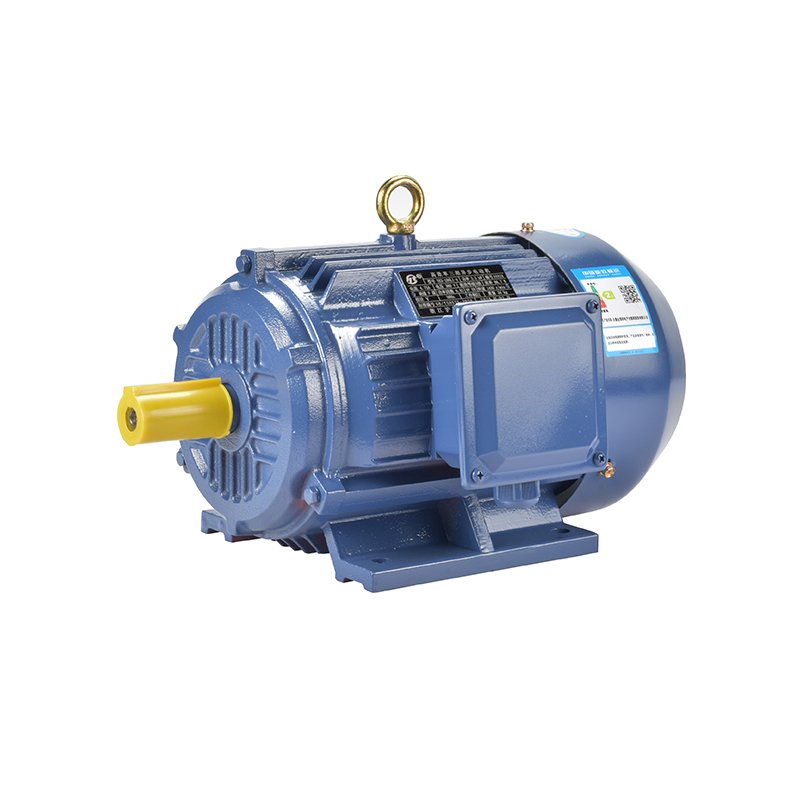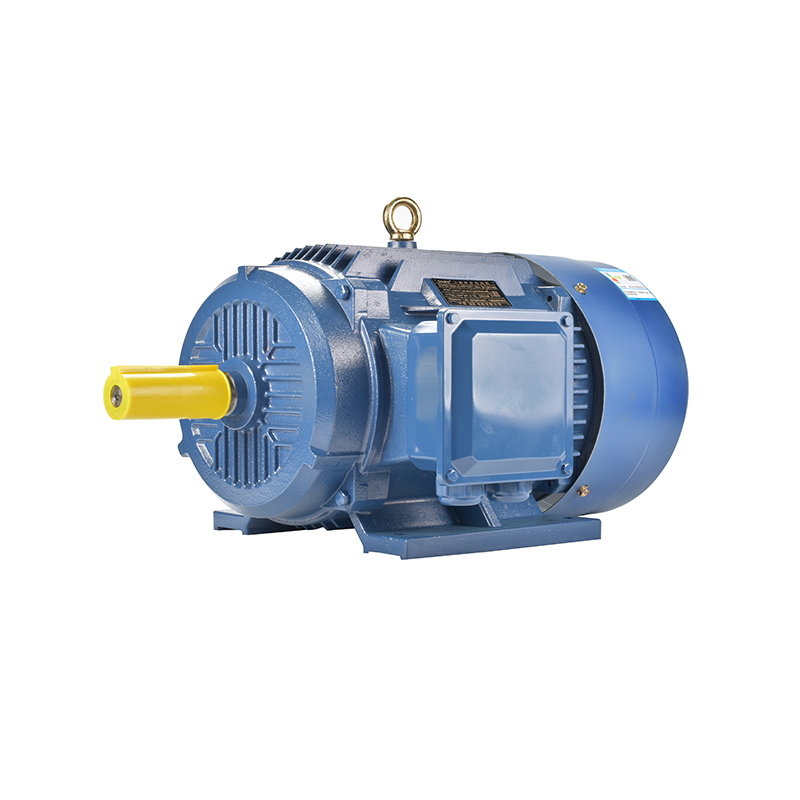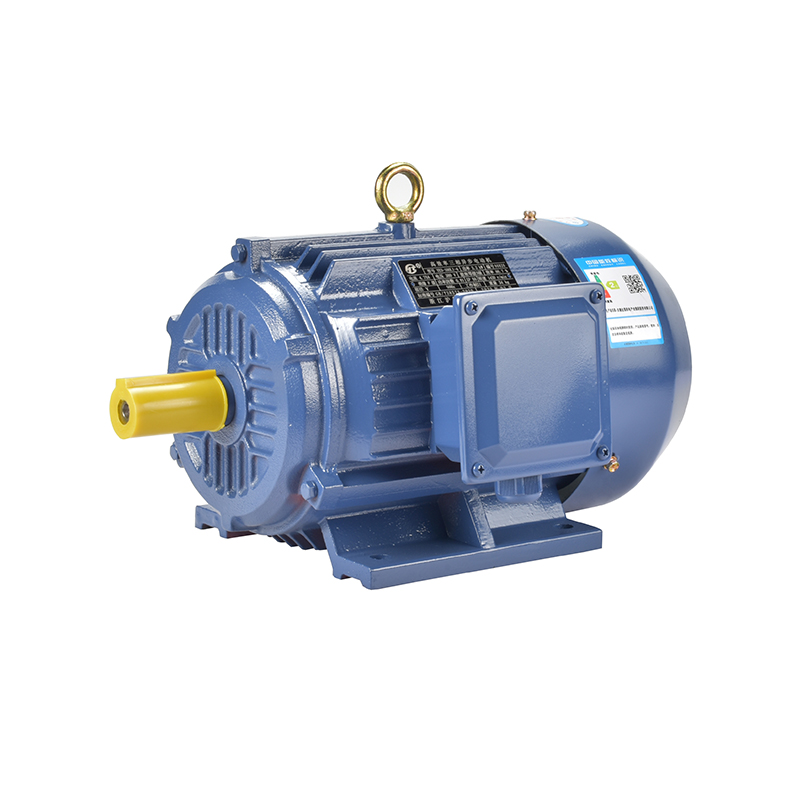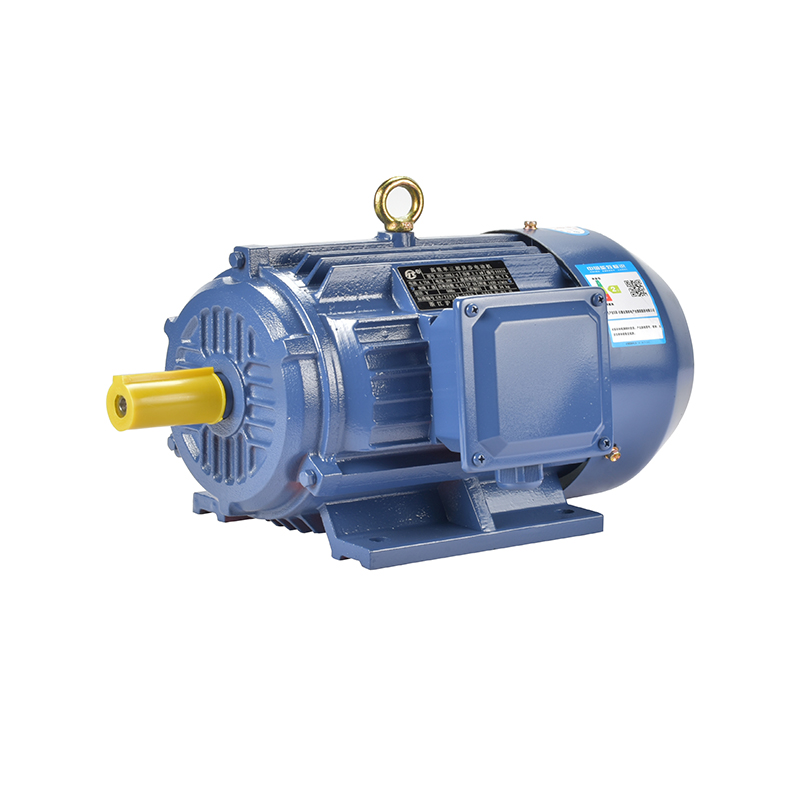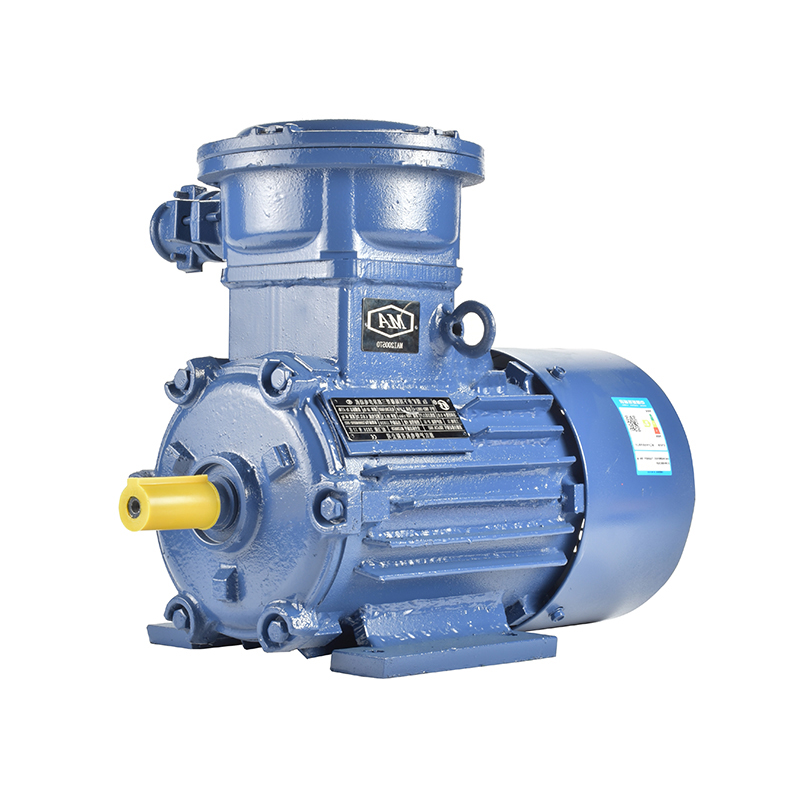The Role Of Regional Standards In Motor Export Requirements
Electric motors such as industrial three phase motors, small single phase AC motors, and magnet permanent motors are widely used across various sectors, including manufacturing, agriculture, and consumer appliances. As manufacturers look to expand their reach beyond domestic borders, understanding regional standards becomes a critical aspect of the export process. These standards play a significant role in shaping the requirements for exporting motors, ensuring safety, compatibility, and performance that align with the importing country’s regulations.

Regional standards refer to the set of technical and safety regulations established by different countries or economic zones to govern products sold within their jurisdictions. For electric motors, these standards cover a wide range of criteria, including electrical safety, energy efficiency, environmental impact, and mechanical reliability. Compliance with these standards is often mandatory, and failure to meet them can result in delays, fines, or outright bans on products entering a market.
One of the main reasons regional standards are so important in motor export requirements is because of the diversity in electrical infrastructure and usage conditions worldwide. For example, industrial three phase motors used in heavy manufacturing plants in Europe must comply with specific voltage and frequency norms, which differ from those in North America or Asia. The standards in each region ensure that motors operate safely and efficiently within the local electrical systems, protecting both equipment and users.
Small single phase AC motors, commonly found in household appliances and light industrial equipment, also face varying requirements. Some regions emphasize energy consumption levels in their standards, promoting motors that consume less power without sacrificing performance. This focus helps reduce overall energy use and supports environmental goals. Exporters must be aware of these energy efficiency criteria and adjust their product designs accordingly to meet the expectations in different markets.
Permanent magnet motors, often prized for their compact size and high torque output, have become popular in various applications, from automotive components to robotics. However, the materials used in these magnet permanent motors, such as precious earth magnets, sometimes face regulatory scrutiny due to supply chain and environmental concerns. Some regional standards include specific rules regarding the sourcing and disposal of these materials, requiring manufacturers to demonstrate responsible practices. Exporters need to stay informed about such regulations to maintain compliance and avoid export complications.
Beyond technical specifications, regional standards also influence labeling and certification processes. Many countries require electric motors to carry certification marks from authorized testing bodies that verify compliance with local standards. For exporters, obtaining these certifications involves submitting products for testing, providing technical documentation, and sometimes modifying designs to pass regional tests. The certification process adds time and cost but is a necessary step to gain market access.
In addition to formal certifications, documentation requirements can vary widely. Some regions demand detailed declarations of conformity, including information about motor efficiency, noise levels, and environmental impact. For industrial three phase motors intended for specialized uses, additional certifications related to hazardous locations or explosion-proof designs may be required. Small single phase AC motors used in consumer products may need to comply with electromagnetic compatibility (EMC) standards to avoid interference with other devices.
Understanding and navigating these regional standards requires a proactive approach. Exporters often invest in research and development to adapt their motors to meet different market requirements. For example, changes in winding techniques, insulation materials, or cooling methods may be necessary to satisfy a particular region’s safety or efficiency standards. In some cases, the design of magnet permanent motors is adjusted to reduce the use of certain materials or improve recyclability in response to environmental regulations.
Collaboration with local testing agencies and consultants can facilitate smoother compliance. By working with experts familiar with regional standards, exporters can better anticipate challenges and streamline certification processes. This cooperation also helps in keeping up with evolving regulations, as standards are periodically updated to reflect technological advances and policy changes.
The impact of regional standards on export requirements also highlights the importance of clear communication between manufacturers, distributors, and customers. Exporters need to inform their partners about the certifications their products have achieved and any limitations on their use. This transparency helps avoid misunderstandings and supports a reliable supply chain.
While the complexity of regional standards may seem daunting, they ultimately contribute to safer, more reliable, and environmentally responsible motor products worldwide. By ensuring that industrial three phase motors, small single phase AC motors, and magnet permanent motors comply with local regulations, manufacturers support sustainable industry growth and protect end users.
In conclusion, regional standards play a crucial role in shaping motor export requirements. Compliance is not only a legal necessity but also a practical measure to ensure motors perform effectively in diverse environments. Exporters who understand and adapt to these standards are better positioned to serve global markets with products that meet both technical demands and regulatory expectations.
-
Feedback



 English
English русский
русский Español
Español عربى
عربى

